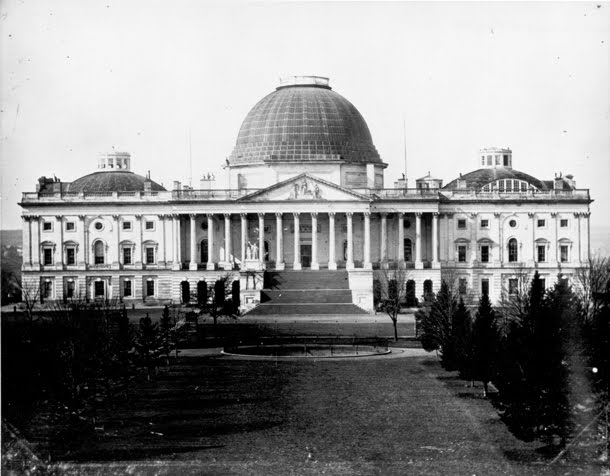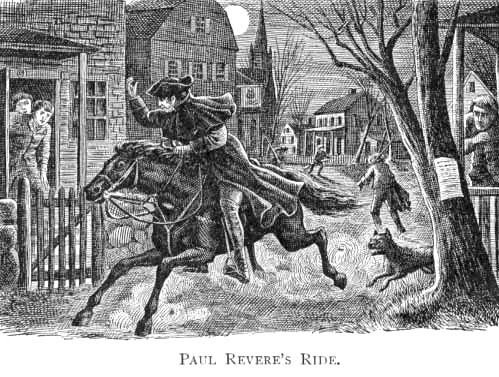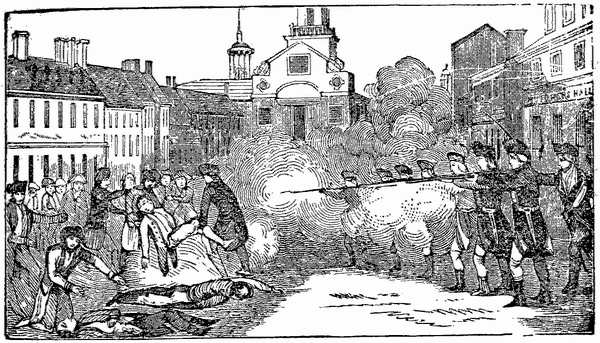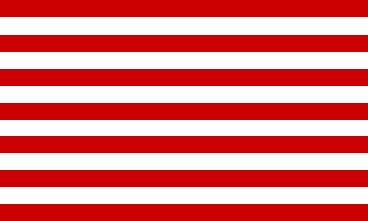From Constituting America:
February 24, 2012 – The First Amendment: The Free Exercise Clause – Guest Essayist: Eric Rassbach, Deputy General Counsel at The Becket Fund for Religious Liberty
“Congress shall make no law respecting an establishment of religion, or prohibiting the free exercise
thereof . . .”
The Free Exercise Clause is perhaps the least commonly understood part of the First Amendment. The mythical “average American” presumably understands what freedom of speech means – we protect the right of almost anyone to say almost anything – and the Establishment Clause has been given the catchy, if mostly inaccurate, shorthand of “separation of church and state.” But were one to ask this hypothetical average American what protecting free exercise of religion means, she might respond with a blank stare.
So why is the Free Exercise Clause so unknown, and what does it really mean today? Some blame for the Clause’s obscurity must lie with its checkered history. That history can be divided into roughly five stages. The first stage lasted 87 years, from 1791 to 1878, and was characterized by judicial silence. Although the Clause was ratified as part of the Bill of Rights in 1791, the Supreme Court had no occasion to address it, other than to say briefly, in 1842, that it applied only to the federal government, not states and cities. This silence does not mean that the Clause had no public meaning; indeed, it was cited time and again in debates over religion in the public square. But it did not appear in court, and its meaning remained rhetorical and political, not legal.
That first phase came to an end in 1878, with the Reynolds case. In that case, the Supreme Court held that the Free Exercise Clause did not protect the practice of religious polygamy. Thus began an unsettled period for the Court’s Free Exercise jurisprudence. Two separate strands of caselaw emerged—one rooted in Reynolds and limitations on religious exercise, and another rooted in the ability of churches, synagogues, and other religious institutions to manage their own internal structures and their property.
The tensions in Free Exercise jurisprudence became apparent in a series of cases involving Jehovah’s Witnesses during the 1940s. These cases at first resulted in at first narrow readings of the Clause and then increasingly broader readings that provided protections to the Jehovah’s Witness plaintiffs.
This second and turbulent stage ended, and the third began, with Sherbert v. Verner, decided in 1963. In that case, the Court took a very strong stand in favor of individual religious liberty, holding that a Seventh-day Adventist could not be denied unemployment benefits because she was fired from her job for observing the Sabbath. The Court said that any government-imposed “substantial burden” on religious activity would be very difficult for the government to justify. This standard, extremely protective of religious liberty, represented a high-water mark in the history of the protection of Free Exercise.
The Clause’s course took a sharp turn in a less religion-friendly direction 28 years after Sherbert was decided. In Employment Division v. Smith, decided in 1990, the Court held that Native Americans who had been convicted for smoking peyote in accordance with their religious beliefs did not have a right to state unemployment benefits. Because the Oregon anti-narcotic law at issue was a “neutral rule of general applicability” the Free Exercise Clause would provide no protection to the religious plaintiffs.
This was true even though, like the Sherbert regulation, the rule imposed a “substantial burden” on their religious activity. The Smith ruling represented a dramatic shift in the law of Free Exercise, making it much more difficult for religious people to protect themselves against religion-restrictive laws. For a time, it seemed that the only way to evade Smith’s rule would be by convincing Congress and state legislatures to provide relief in the form of civil rights statutes protecting religion.
But in 2012, the Court announced a fifth and entirely new stage of the Clause’s existence in Hosanna-Tabor Evangelical Lutheran Church & School v. EEOC. In Hosanna-Tabor, the Court held, in a 9-0 decision,that federal and state employment discrimination laws do not apply to “ministerial” positions. The Court thus made clear that Smith’s rule did not apply in the same way to religious institutions as it did to religious individuals. Indeed, religious activities related to “internal church decisions” would fall outside the Smith rule entirely, a result that shocked many long-time observers of the Court’s religion decisions.
The next steps for the law of Free Exercise are not clear, but they are much more hopeful for religious people and institutions than they were before Hosanna-Tabor was decided.One could argue that this up-and-down history shows a kind of national, or at least judicial, schizophrenia when it comes to the place of religious people in public life. But that schizophrenia may simply mirror Americans’ uncertainty about the role of religion in public life, especially given the increasing religious diversity of our nation. The law could move in the direction of France or other Western European countries that have in effect attempted to drive religion out of public life, or to control it directly. But the law might also move in the direction of increasing religious freedom for every American, and decreasing government interference with religious people.
So what should the Free Exercise Clause mean, at its most fundamental level? There is a case to be made that the Clause stands for the idea that every person, and every religious group, gets to decide for themselves what they believe about the good and the true, and to act on those beliefs in public. In that sense, the Clause carves out a kind of sacred space in the American body politic—a place where Americans can work out their relationship with God free from government interference, indeed, a place where the government must fear to tread. By its nature, religious freedom cannot be without limits. But by the same token government cannot be without limits, and some areas must remain completely free from government influence.
But this sacred space is under siege in today’s ever-growing regulatory state. As they expand their influence over more and more areas of American life, governments at the federal, state, and local levels increasingly run roughshod over the claims of conscience. Prominent recent examples include the federal government’s attempt in the Hosanna-Tabor case to take over some ministerial and hiring and firing decisions, as well as the recently-issued healthcare mandates that would force Catholic, Protestant, and other religious groups to violate their consciences by paying for drugs and devices they believe cause abortion. State governments have made similar attempts to limit the conscience rights of religious institutions like churches and homeless shelters, as well as the conscience rights of individuals like pharmacists and doctors who object to participating in certain medical procedures.
These conflicts will only grow in size and number as government expands and becomes more aggressively secular. Therefore it will be important for religious Americans in coming years to fight for the sacred space staked out by the Free Exercise Clause, because government will not stay out on its own.
Eric Rassbach is Deputy General Counsel at The Becket Fund for Religious Liberty, a non-profit law firm based in Washington, D.C. that defends the free expression of all religious traditions. He led the Becket Fund team that litigated the Hosanna-Tabor case.
.gif)






























No comments:
Post a Comment